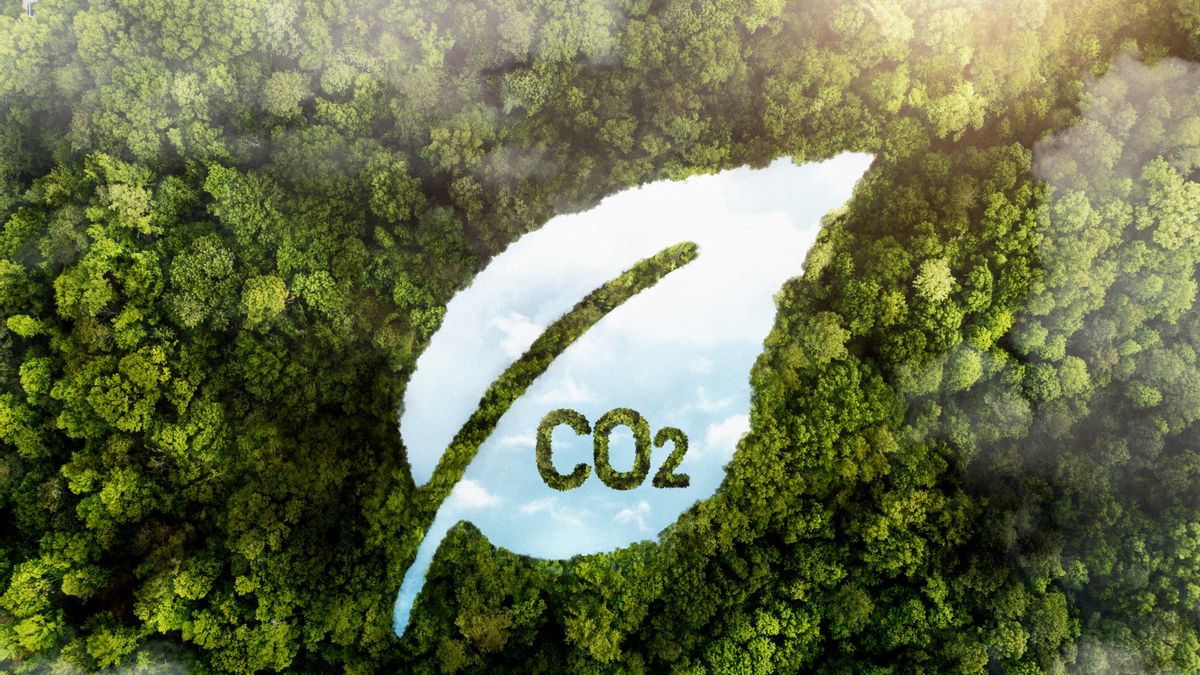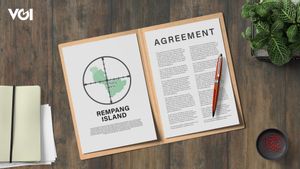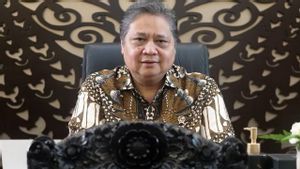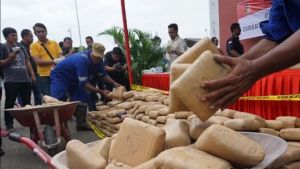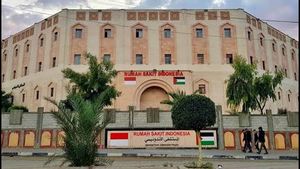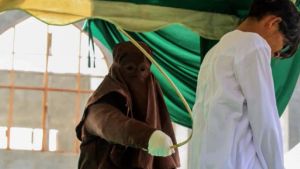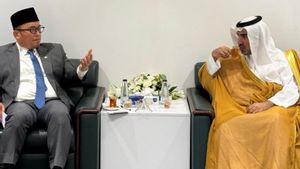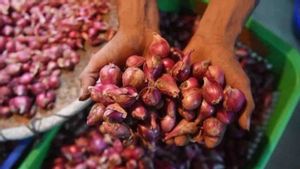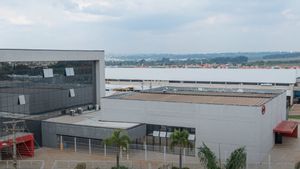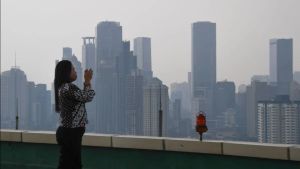YOGYAKARTA - The Indonesian government has officially launched a carbon exchange, in the form of buying and selling credit for carbon dioxide. or greenhouse gas. The Financial Services Authority (OJK) targets 99 coal PLTUs to participate in this year's carbon trade. So what types of carbon trading?
The goal of the carbon credit trade started by Indonesia is to create a market to fund greenhouse gas emissions reductions. Companies or stakeholders that can reduce emissions can sell carbon credit to companies that generate emissions beyond the limit.
"We hope that PLTU can start transacting through the carbon exchange this year," said Chairman of the OJK Board of Commissioners, Mahendra Siregar, at the launch of the Indonesia Stock Exchange at the IDX Building on Tuesday (26/9).
Indonesia is the country with the third largest rainforest in the world and one of the largest greenhouse gas emissions producers. With carbon trading, OJK hopes to develop policy regulations to realize a sustainable economy. So what are the types of carbon trading?
President Jokowi said that Indonesia has great potential in natural-based solutions. In addition, Indonesia is also the only country with 60 percent fulfillment of carbon emissions from the natural sector.
There are 3 types of carbon trade applied in a number of countries, including by Indonesia. The following are the types of carbon trading and the schemes:
Cap and Trade is a carbon trade with a carbon securities sale and purchase scheme. Initially, certification policies or emission permits regulate the company can only carry out operational activities that produce carbon according to the carbon credit allotment or emission permits owned.
Generally, emission credit is applied evenly to every company or industry player. However, there is an industry that produces more carbon than credit because each company carries out its respective operations. To overcome this problem, a cap and trade policy was born.
Cap and trade is run with an additional scheme or purchase of emission credit by one industry player to another industry player who produces lower carbon. In other options, there is a type of cap and tax scheme, namely trading with a tax system.
Clean and Development Mechanism is a carbon trade with an investment or funding scheme for the development of EBT infrastructure or environmentally friendly projects. In this trading scheme, the projects in question are generally realized in the form of PLTU development, PLTS, hydropower plants in several countries that have supporting resources.
A number of countries that usually receive funding investments to build a carbon equalizer infrastructure produced by industry players, namely India, China, and Indonesia. Industry players can choose this trade scheme to get a share in the form of replacing additional emission certification, in order to add carbon offsets.
Reducing Emissions from Deforestation and Forest Degradation (REDD+) is a carbon trade with a scheme to preserve nature or forests that have a big role in absorbing carbon. As in the type of carbon CDM trading, industry players running this scheme also receive additional carbon credit after investing in carbon-absorbing areas such as rainforests
SEE ALSO:
Indonesia is the target location country for the largest REDD+ conservation in the world. It can be suspected that the area or location in question plays a role as the world's carbon absorber, namely the island of Kalimantan.
This is a review of the types of carbon trade carried out by a number of countries to reduce greenhouse gas emissions and deal with climate crisis situations. Indonesia's carbon credit trade is targeted to be one of the most important and largest in the world.
Stay up to date with the latest domestic and other overseas news on VOI. You present the latest and most updated nationally and internationally.
The English, Chinese, Japanese, Arabic, and French versions are automatically generated by the AI. So there may still be inaccuracies in translating, please always see Indonesian as our main language. (system supported by DigitalSiber.id)
